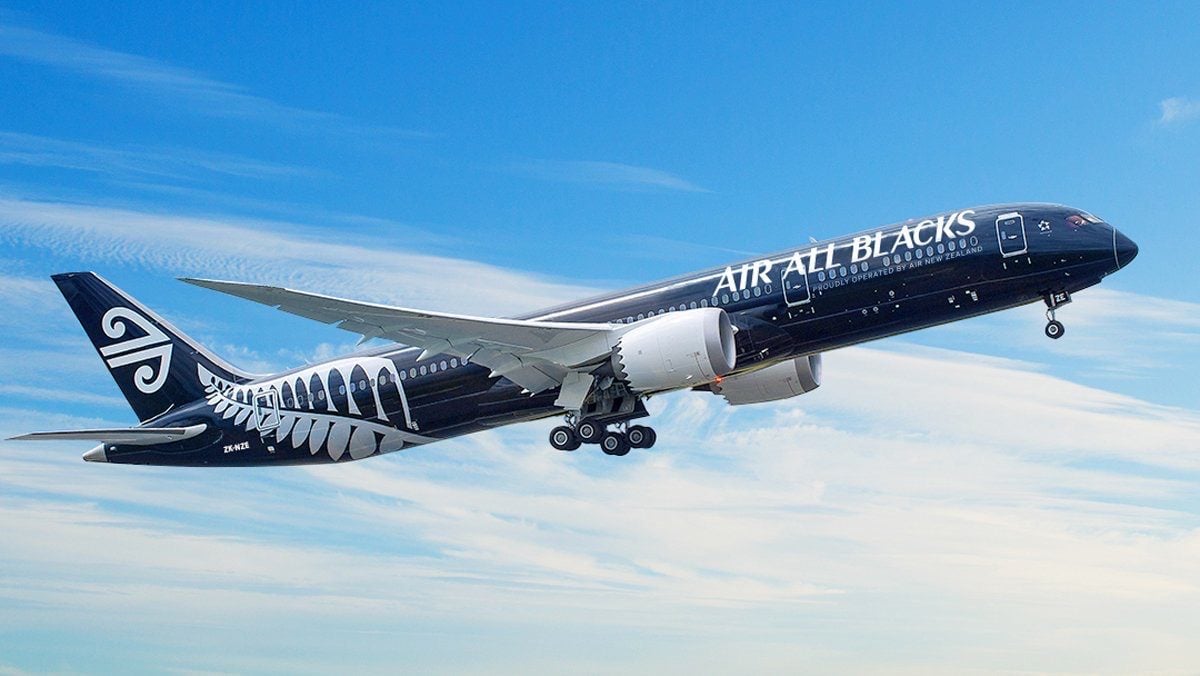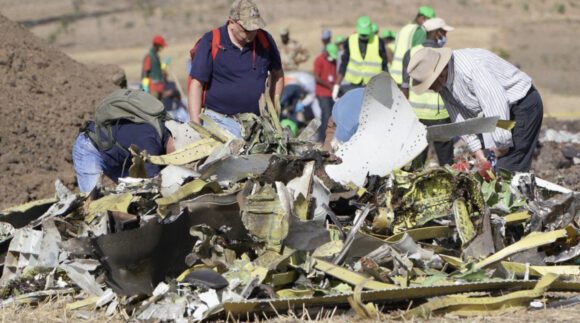
AirNewZealand Boeing7879
Air New Zealand reversed course on its climate commitments for 2030, dropping commitments made in 2022 for the 2030 time frame. The carrier revealed two major reasons for the change: first, the inability to source more fuel-efficient aircraft on a timely basis, and second, the lack of SAF availability in the market.
Air New Zealand is the first airline to back off of climate commitments that now appear unattainable in the near term. Deliveries for new aircraft from Airbus and Boeing are running later than planned due to supply chain constraints that may be with us for several additional years. As a result, if the airline needs to retain its present fleet longer, its fuel burn and carbon generation will be higher.
Greg Foran, CEO of Air New Zealand, stated, “In recent months, and more so in the last few weeks, it has also become apparent that potential delays to our fleet renewal plan pose an additional risk to the target’s achievability. It is possible that the airline may need to retain its existing fleet for longer than planned due to global manufacturing and supply chain issues that could potentially slow the introduction of newer, more fuel-efficient aircraft into the fleet. As such and given so many levers needed to meet the target are outside of our control, the decision has been made to retract the 2030 target and withdraw from the SBTi network immediately.”
The slow rate and high prices for SAF in the marketplace are also key factors. SAF is a major element in airline emission reduction plans, but the total SAF produced today amounts to 0.5% of the total fuel requirements for the industry. Without SAF, the sector cannot reach the meaningful change in emissions needed to meet environmental goals.
Many carriers set 2035 as a target date, which may have a better chance at success than the 2030 timeframe that Air New Zealand had set. However, even the 2035 targets are being impacted since new aircraft replacing older aircraft will likely remain in service by 2045. While these new aircraft will run on SAF and substantially reduce emissions, we do not see the supply for SAF ramping up fast enough, nor will the price fall to affordability to meet 2035 objectives.
Air New Zealand boldly moved as the first airline to decisively act to change a target it could not achieve. Last week at Farnborough, the realization that supply chain issues will last into 2026 and that SAF production was lagging may have confirmed the final pieces of intelligence for Air New Zealand to conclude that the 2030 targets have become infeasible. The carrier will maintain a zero emissions target by 2050.
The Bottom Line
The industry will be heavily challenged to meet its environmental targets soon. Air New Zealand may be the first to rescind prior targets, but it will likely not be the last. The industry has made strong ecological progress in the previous five decades. It will continue to do so incrementally as each generation of aircraft improves and as alternative fuels can be introduced. Putting calendar dates on complex problems is one thing; actually providing viable solutions is another. We aren’t there yet as an industry.
Views: 6




